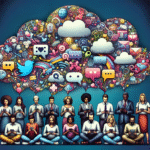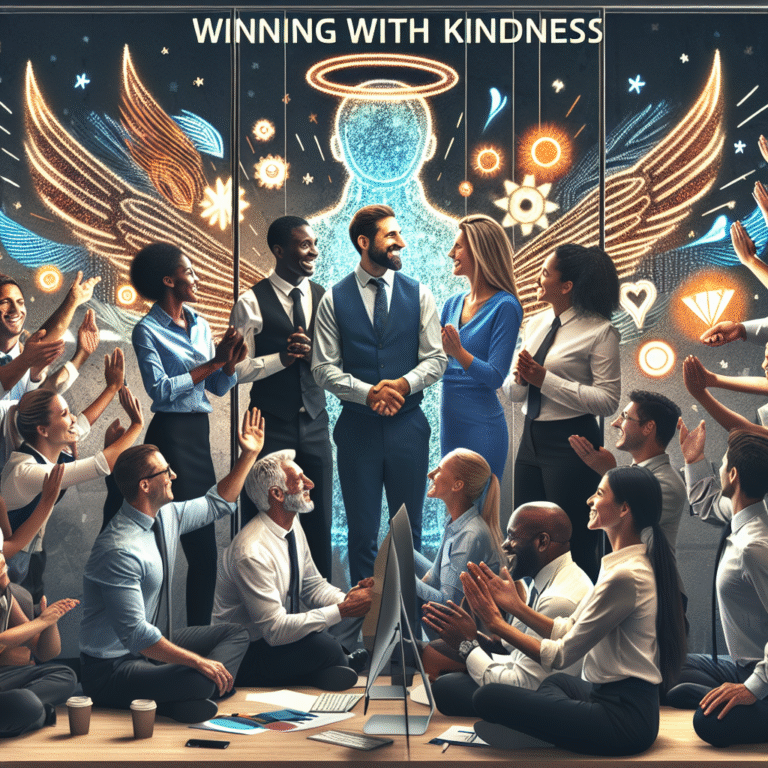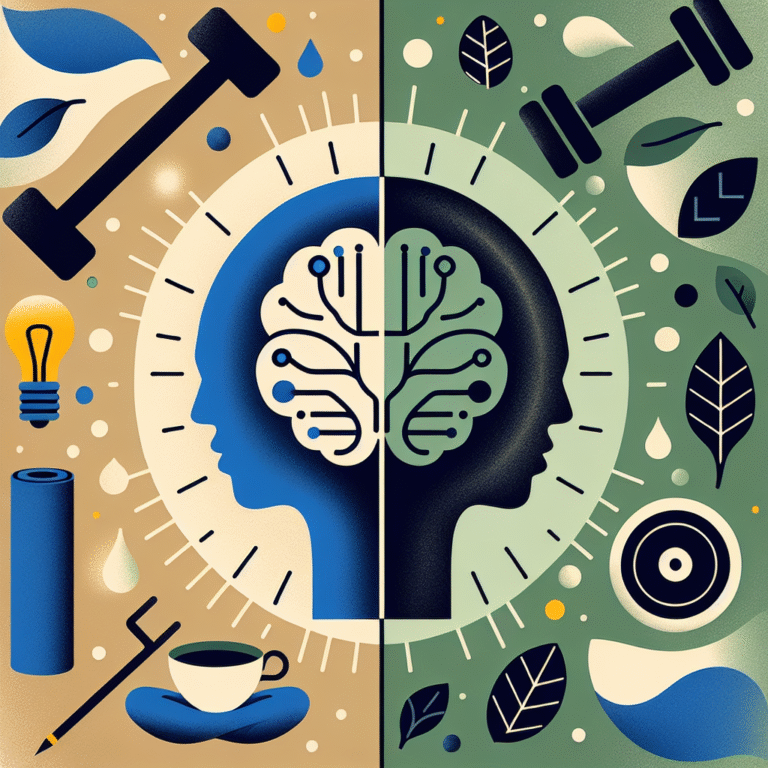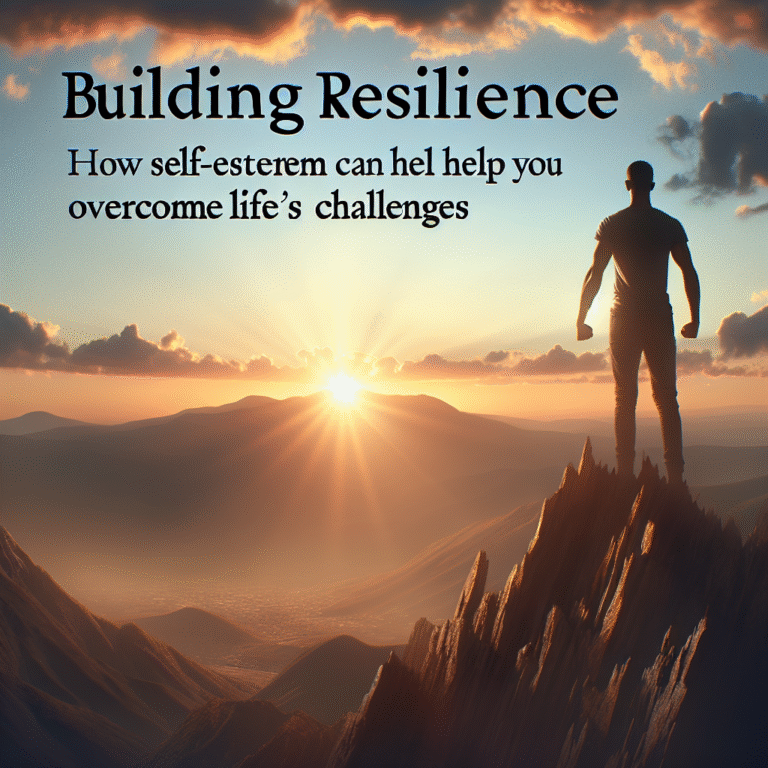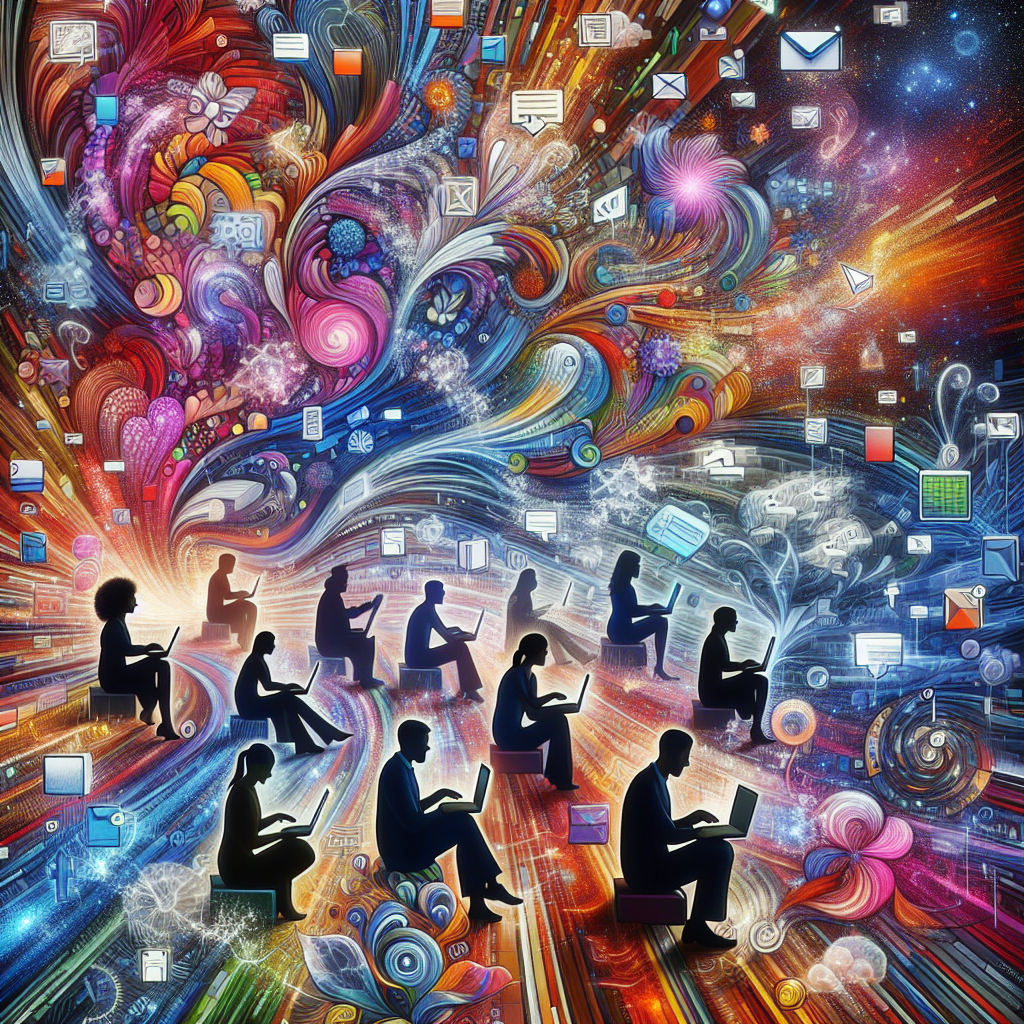
Introduction
In an era dominated by constant connectivity and an overwhelming influx of information, understanding the nuances of working memory has never been more crucial. Working Memory in the Digital Age: Navigating Distractions and Information Overload explores how our cognitive capabilities are both challenged and transformed by the digital revolution. Individuals now face a relentless stream of notifications, messages, and data, creating an environment ripe for distraction. As we delve into this topic, we’ll uncover how these changes impact our ability to focus, learn, and ultimately thrive in an information-saturated world.
The Science of Working Memory
What Is Working Memory?
Working memory is a cognitive system responsible for temporarily holding and processing information. It allows us to manipulate data—think mental math, following conversations, or recalling directions. Psychologist Alan Baddeley’s model of working memory includes three main components: the central executive, the phonological loop, and the visuospatial sketchpad. Each plays a vital role in how we organize and utilize information.
Why Is It Important?
Working memory is essential for learning, problem-solving, and reasoning. It is the mental workspace that enables us to combine past knowledge with new information, making it pivotal not just in education but also in professional environments. In a world where multitasking is often the norm, the strain on our working memory has increased significantly.
The Digital Transformation: A Double-Edged Sword
The Rise of Distractions
The digital world is rife with interruptions—from social media alerts to email notifications. A study by the University of California, Irvine, revealed that it takes an average of 23 minutes to refocus on a task after an interruption. This constant fragmentation of attention can lead to cognitive overload and diminished working memory capacity.
Information Overload
The term "information overload" describes the state of having too much information to process effectively. A study from the Pew Research Center found that 47% of Americans report feeling overwhelmed by the sheer volume of information they encounter daily. This not only challenges our working memory but can also induce stress and anxiety.
Table: Effects of Information Overload on Working Memory
| Condition | Impact on Working Memory |
|---|---|
| Frequent Interruption | Reduced cognitive performance |
| Excessive Information | Impaired decision-making |
| Multitasking | Increased errors and omissions |
Case Study: The Impact of Smartphones on Focus
A compelling case study by the American Psychological Association highlights that students using smartphones while studying perform significantly worse than their peers who do not. This suggests that smartphones, though valuable tools, can be detrimental to working memory when mismanaged.
Analysis
This case highlights the necessity of creating a conducive learning environment. It underlines the urgent need for strategies to minimize distractions, particularly in academic settings where working memory plays a crucial part in learning new material.
Strategies for Enhancing Working Memory in the Digital Age
1. Prioritize Task Management
Employing a structured approach can alleviate the burden on working memory. Tools like the Eisenhower Matrix or task management apps (e.g., Trello, Todoist) can help manage priorities, allowing for focused attention on one task at a time.
2. Cultivate Mindfulness
Mindfulness practices can strengthen working memory by training your focus. Techniques such as meditation, deep-breathing exercises, or even taking short breaks to refocus can enhance cognitive flexibility.
3. Limit Digital Distractions
Establishing a “distraction-free zone” during tasks is critical. Utilizing apps like Freedom or Cold Turkey can block distracting sites, creating an environment conducive to maintaining focus.
4. Use Active Learning Techniques
Engage with information actively—ask questions, summarize points, and teach others what you’ve learned. These techniques enhance retention and leverage working memory effectively.
The Role of Technology: A Necessary Evil?
Balancing Benefits and Drawbacks
While technology can exacerbate distractions, it also offers tools for enhancing working memory. Educational apps, time management tools, and even digital note-taking can help organize and prioritize information.
Case Study: Effective Use of Learning Apps
Research on the effectiveness of learning platforms like Duolingo has shown impressive results in language acquisition among users. The app’s gamified approach captures attention and reduces cognitive load, making learning more engaging.
Analysis
This case study illustrates that when used wisely, technology can support cognitive processes rather than hinder them. It highlights the importance of evaluating the impact of digital tools on working memory.
Practical Tips for Individuals and Organizations
For Individuals
Set Clear Goals: Define what you want to achieve in a day to help streamline your focus.
Utilize Technology Wisely: Use apps that enhance rather than distract from your working memory.
Limit Multitasking: Focus on single-tasking for better retention and understanding of information.
- Regular Breaks: Implement techniques like the Pomodoro Technique to give your brain time to recharge.
For Organizations
Foster a Focus-Friendly Culture: Encourage policies that prioritize focus, such as "no phone zones" during meetings.
Provide Training on Distraction Management: Offer seminars on time management and productivity techniques.
- Leverage Technology for Collaboration: Use digital tools that facilitate structured communication without contributing to overload.
Conclusion
In navigating the complexities of modern life, understanding Working Memory in the Digital Age: Navigating Distractions and Information Overload is vital. By recognizing the challenges posed by our digital environment, we can take proactive steps to enhance our cognitive capabilities. Ultimately, cultivating strategies that promote focus and effective information management can empower us to thrive despite the noise.
FAQs
1. What is working memory?
Working memory is the cognitive system that temporarily holds and processes information, enabling functions such as reasoning, learning, and comprehension.
2. How does information overload affect working memory?
Information overload dilutes focus, impairs decision-making, and can lead to cognitive strain, ultimately diminishing the effectiveness of working memory.
3. Can technology improve working memory?
Yes, when used appropriately, technology can enhance working memory through structured applications and tools that facilitate organization and learning.
4. What are some techniques to improve working memory?
Techniques such as mindfulness, active learning, and structured task management are effective ways to bolster working memory capacity.
5. How can organizations help improve their employees’ working memory?
Organizations can foster a focus-friendly culture, provide training on productivity, and utilize structured communication tools to minimize distractions.
By employing these strategies and insights, individuals and organizations alike can navigate the inherent challenges of information overload and distractions, ultimately enhancing their working memory in our digitally-driven world.



